ah teaches graphic design (Sketchapalooza lecture)
Sketchapalooza
Lecture outline
An overview of the course and the fundamentals of sketching and design process. Lecture slides will be made available on the day of the lecture.
Sketchapalooza
Welcome to IAT-102!
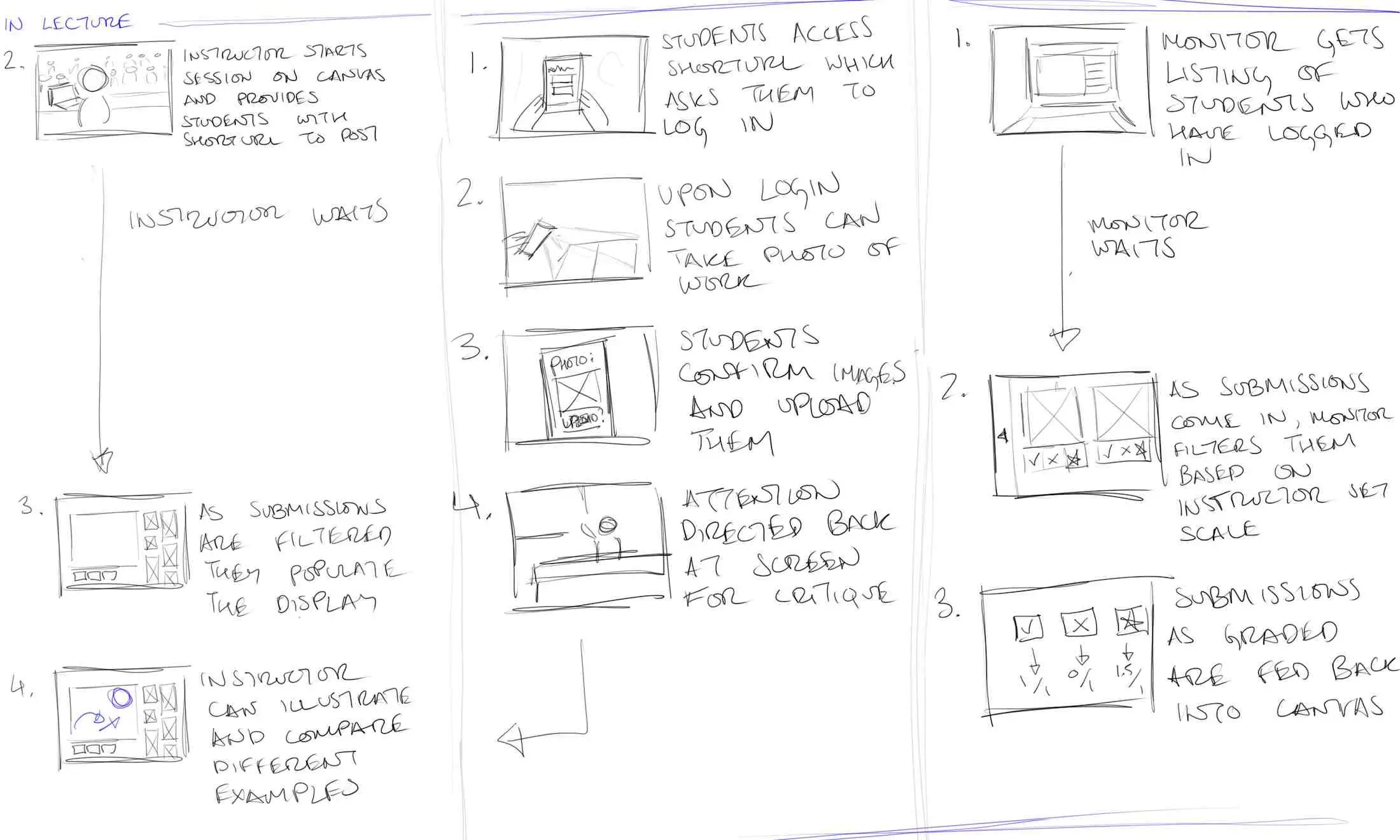
In preparation for lecture...
Please close up any laptops, cellphones, Walkmans, Rewind Pendants and other 'beep-boop' devices.
Your teaching team
Lecturer:
Andrew Hawryshkewich
TAs:
Zi — Md Zishaan Khan, TA for E201/E202
Ninta — Pininta Ayeris, TA for E203
Announcements
Important announcements will be posted to Canvas. These will often clarify or remind of important upcoming items.
Contacting your instructors
A friendly how-to
Andrew, Zi and Ninta are available:
- Through email at
- On our Discord channel (sign up on Canvas)
- During to be announced office hours
Email rules
No design critique via email or chat. Please arrange a meeting or attend office hours for design critique.
To make responses faster, please include the following in your email:
- Your full name.
- The course number (IAT-102).
- Your lab number (E201/E202/E203).
- A clear question.
Chat conduct
When chatting:
- Please treat our online interactions the same way you would in-person interactions.
- Please do not posting personally identifying information about yourself or others.
- Any questions about grades or feedback should be directed to Andrew via email.
If you have concerns about anyone's conduct at any point, please direct message or email Andrew.
Zoom etiquette
Some office hours will be available through Zoom. You will need to log in through sfu.zoom.us before being able to access the room.
- Links are provided on Canvas.
- Please use headphones.
- Bring any materials for critique ready as a web link that we can download/share screen from.
Illness policy
If you are ill, stay home. Follow-up with Andrew to arrange an alternative time for critique.
If you will be ill for a prolonged period of time (more than a week) please email Andrew to arrange accommodations.
If Andrew is ill, I will notify you via Canvas and course chat before 8:30am on the day of the lecture.
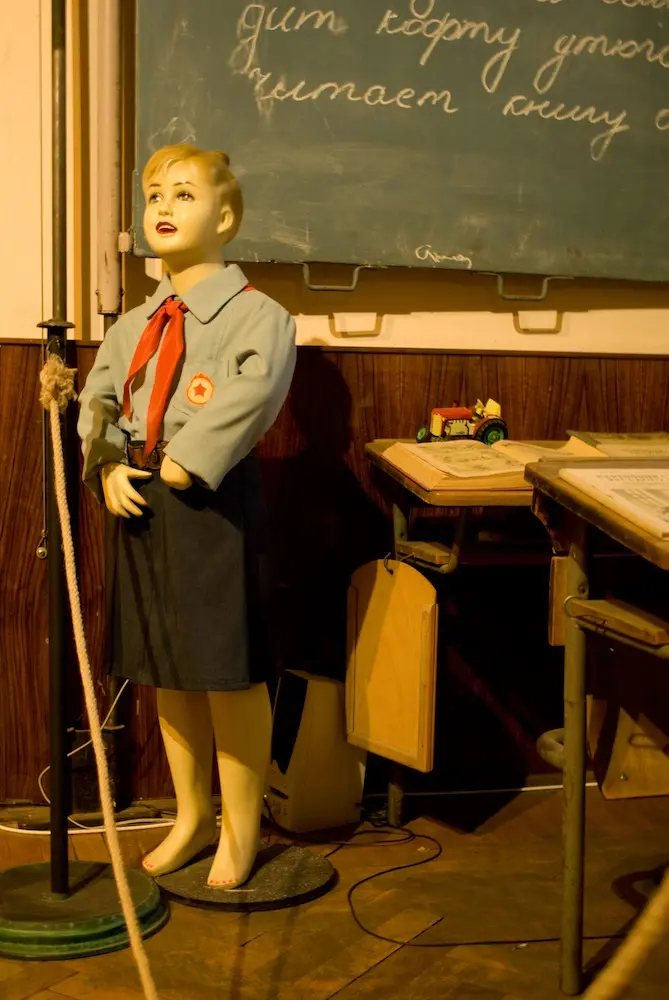
Labs
What to expect
Labs will be some software tutorials, activities and reading reflections, but a lot of critique. It is your opportunity to get project feedback.
Workload
A reminder that this course expects about 3-6 hours of work per week outside of class. You will be able to complete some of this work during lab times.
If you ever have concerns with workload please email Andrew.
Canvas
Our main course-site
Projects
- Process — 10% (Individual)
- Layout — 20% (Group)
- Presenting — 15% (Group)
- Portfolio — 30% (Individual)
75% of your grade.
Readings
Fee-free!
Readings are available entirely digitally.
Reading reflections
Reading reflections are done just after completing a reading, in lab.
There are four reflections available, and you are only required to complete two. Reflections are due before the end of lab time.
You may complete up to three reflections and have the lowest grade dropped.
10% of your final grade.
Sketching exercises
Sketching exercises are to help further explore your projects and practice your sketching. We will typically discuss some of the prior week's sketches at the start of lecture.
10% of your final grade.
Use of AI
In this course you are welcome to make use of generative AI tools — unless specified — with the following condition: You must state how you generated the result you are working with in the comments on your Canvas submission.
This will include:
- the name of the tool;
- the parameters or prompt used; and,
- a copy of the generated material linked.
You may use the generated material as a starting point or assistant for your own work, but the AI result cannot be your final submission.
Plagiarism
This course has a zero tolerance policy for plagiarism on projects. If you are found presenting work that is not your own or resubmitting old work without notice, you will receive a failing grade on that project. No exceptions.
Late or problematic submissions
Late submissions receive 10% per day late.
Problematic submissions — i.e. we can't open the URL or the wrong files were submitted — receive an immediate 20% off plus late penalties on the resubmission.
Concerns with grades
Please notify Andrew via email of any grading concerns within 10 days of the grades being released. This can include just getting some further feedback and/or wanting to have something regraded.
Course overview questions?
If you have any questions that linger about the course overview, please feel free to email Andrew or ask during our lecture time.
Graphic Design is ______________?
Please pull out a sketchbook (or paper) and a pen.
Please sketch your understanding of what graphic design is. You have 3 minutes.
Graphic Design is ______________?
With a neighbour, discuss your understanding of what graphic design is. You have 3 minutes.
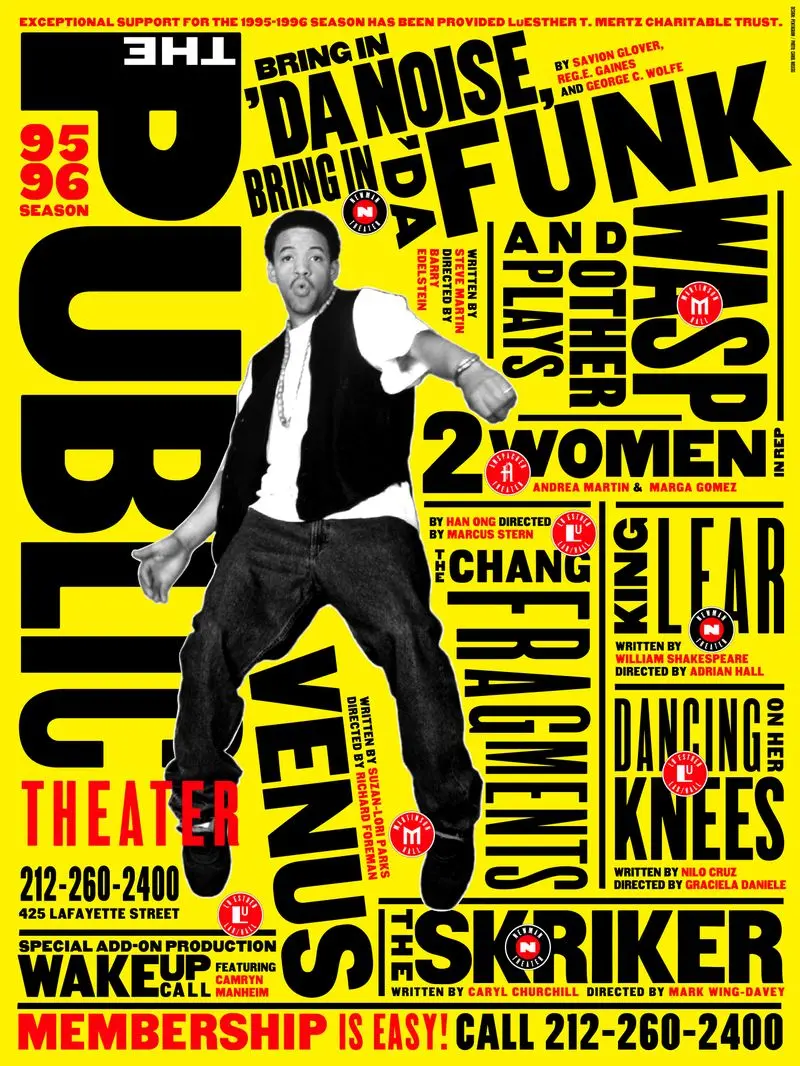
Graphic design is expression?

Graphic design is icons?
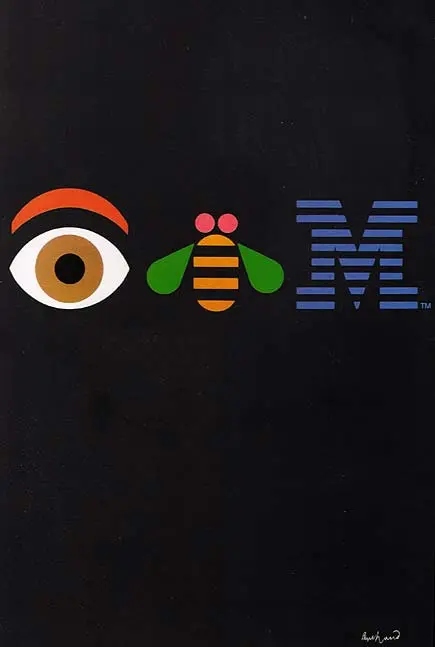
Graphic design is logos?
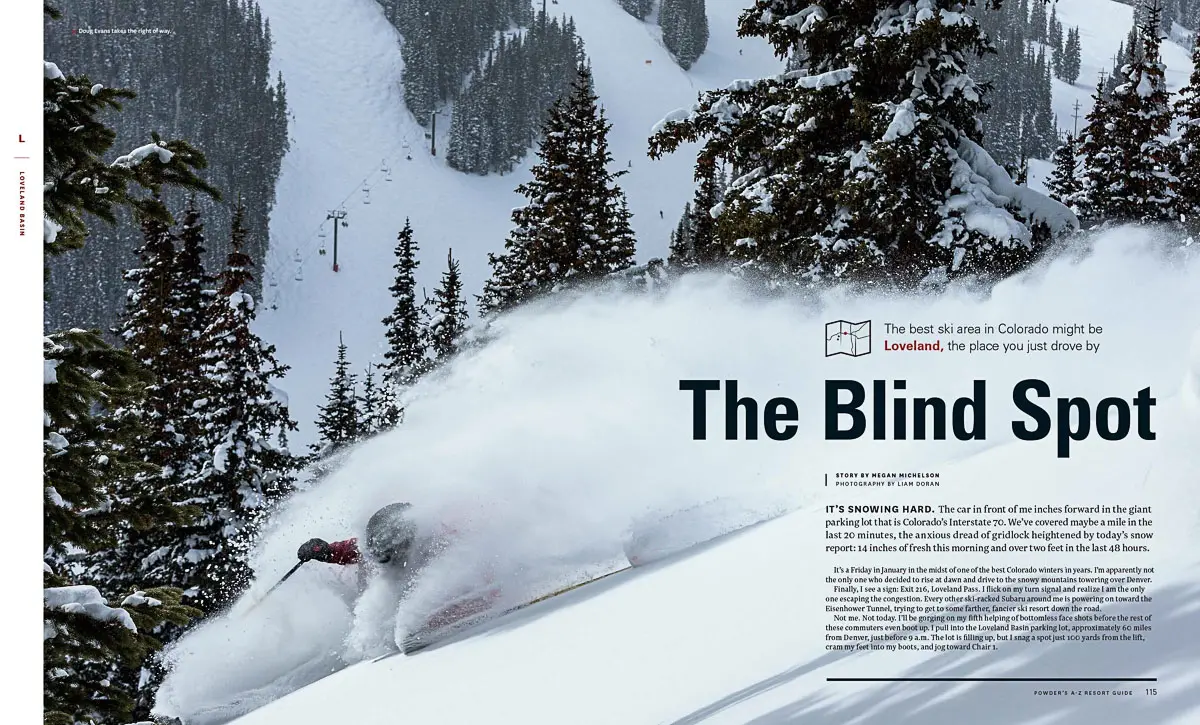
Graphic design is type?
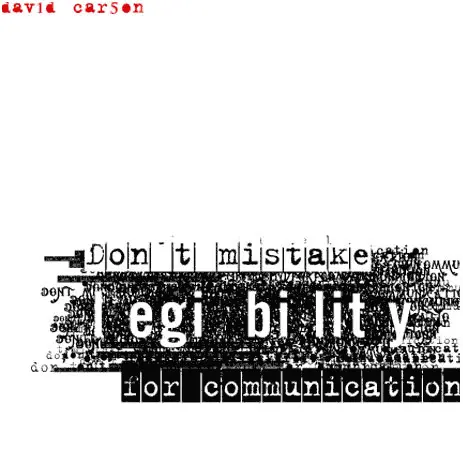
Graphic design is communication?

Graphic design is human?
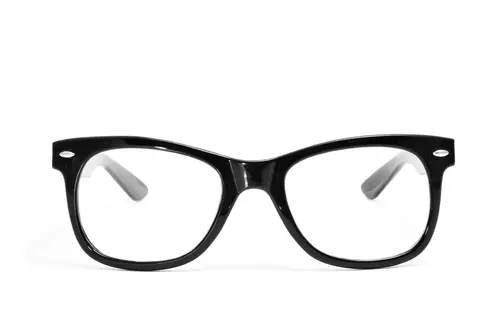
Graphic design is for "creatives"?
This term
We will cover (but not limited to):
- Process
- Creativity
- Perception
- Composition
- History
- Type
- Audience
- Presenting
- Colour
- Medium
- Message
- Portfolio
- Ethics
- Interacting
Design Process
(also referred to as design 'thinking')
- Define
- Research
- Ideate
- Choose
- Try
- Learn (and repeat)
Design Thinking
- Define
- Research
- Ideate
- Choose
- Try
- Learn (and repeat)
Define
Let's brainstorm possible magazine project ideas.
Pull out your sketchbooks and a pen and write down as many new or novel online magazine ideas as you can.
You have 5 minutes.
Look back at your ideas
How do you know your ideas are 'new or novel'?
Ideate
Generate ideas, lots of them
For today we'll be focusing on ideation through sketching.
Good Sketching
When generating ideas
We are looking to suggest and explore, not to confirm our ideas.
Generating ideas
We are looking to suggest and explore, not to confirm our ideas. Our sketches should be:
- Quick
- Plentiful
- Appropriately detailed
- Disposable
Quick sketching
Quick sketching can be achieved through making appropriate sized sketches and not committing too much time to each sketch.
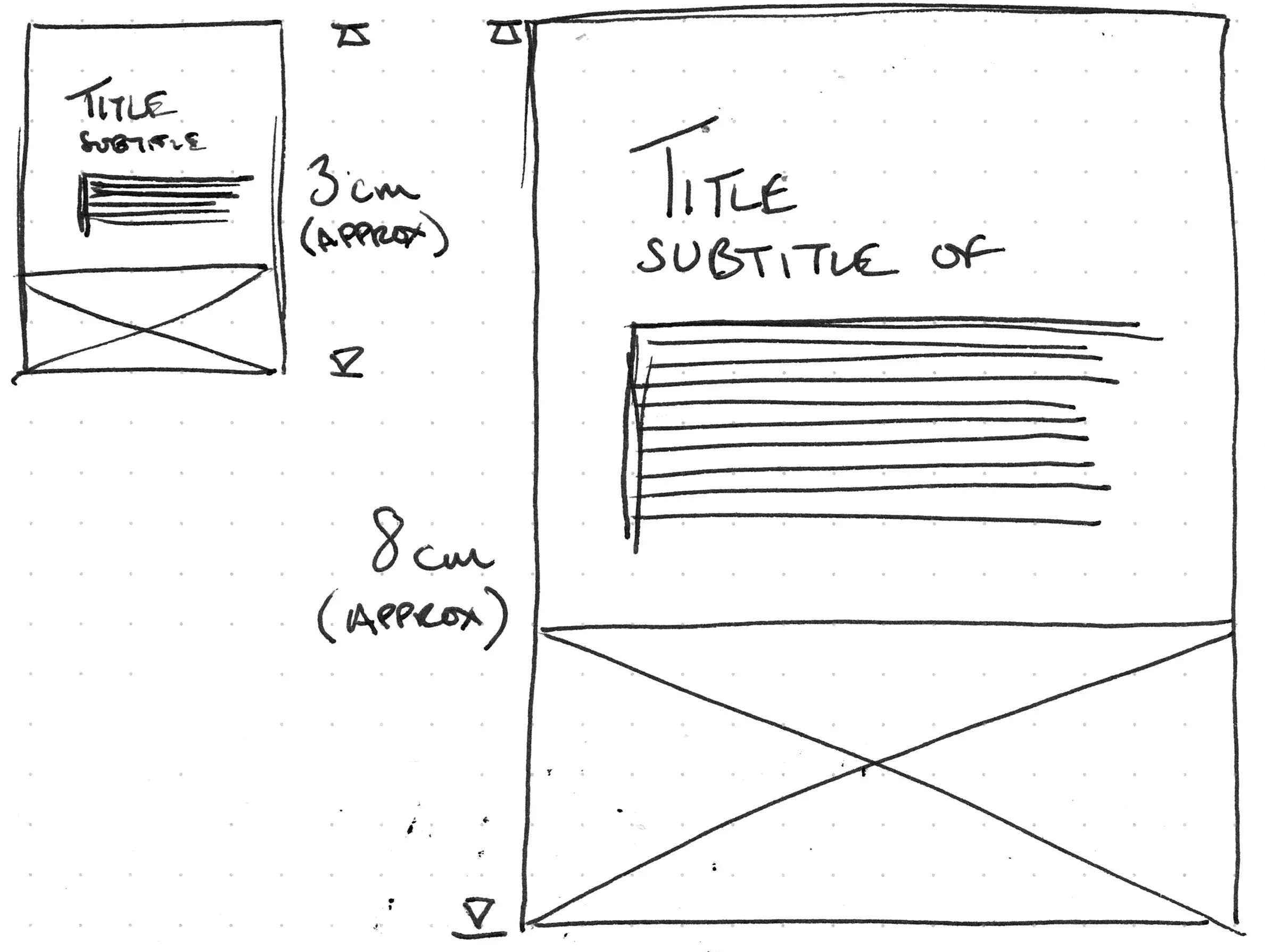
Work small and fast for ideation
Plentiful
We want to be generating lots of different ideas when we sketch.
'Similar' ideas:

Less 'similar' ideas:

Appropriate detail
When generating ideas our sketches should be low fidelity; rough with enough detail to talk about.

Let's sketch
Take your brainstorming ideas from earlier, and turn them into something visual. What could visually represent the ideas you came up with earlier?
You have 5 minutes.
Sketching Exercises
IJust some items to remember about the exercises and sketching:
- Sketching is not about how beautifully you render something.
- We should still be able to read and interpret your sketches clearly.
- Sketches will be (mostly) due the next Monday before 8am.
- Sketches may be shown in lecture, so please avoid putting your name on them.
Keep Your Work
We will require all your paper, digital and in-process materials for your final project. Therefore keep all materials.
How to Choose the Best?
When dealing with a series of sketches, picking the best options to further explore is part of the challenge of learning design.
Technical Notes
Some things to be wary of in the coming weeks
Good Scan Quality
If you don't have access to a scanner taking photos is okay only if the clarity of the image is good. (see image on the right)
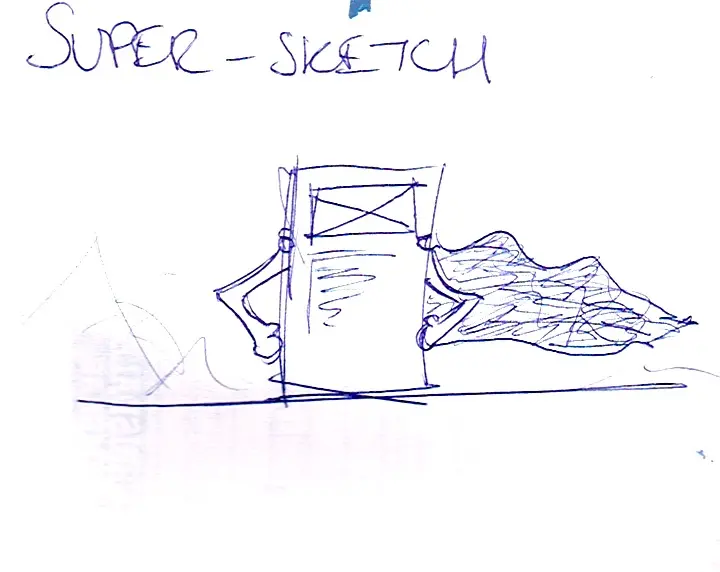
Bad Scan Quality
If we have trouble seeing the sketch clearly, we have a problem. If using your phone, 'scan' apps can help clean up the image for you.
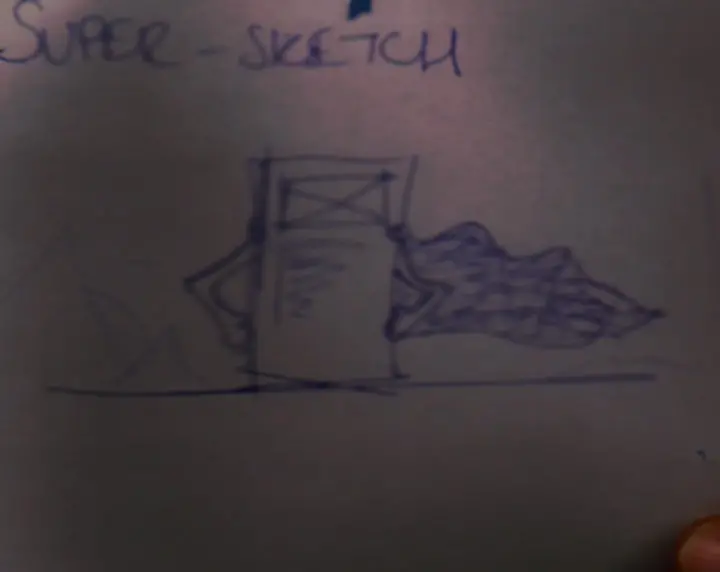
Moodboarding
A primer
- Have a clear goal.
Moodboarding
A primer
- Have a clear goal.
- Collect materials — images, typography, colours — that evoke the 'mood' you are striving for.
Moodboarding
A primer
- Have a clear goal.
- Collect materials — images, typography, colours — that evoke the 'mood' you are striving for.
- Review, edit, and present.

What patterns do you see?